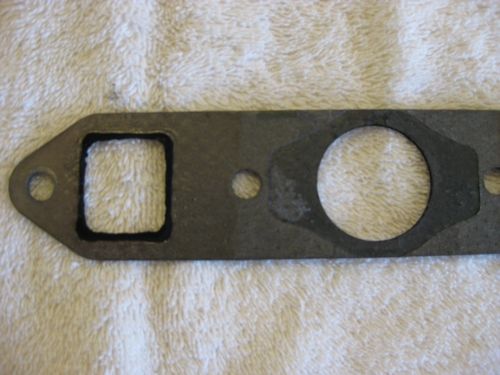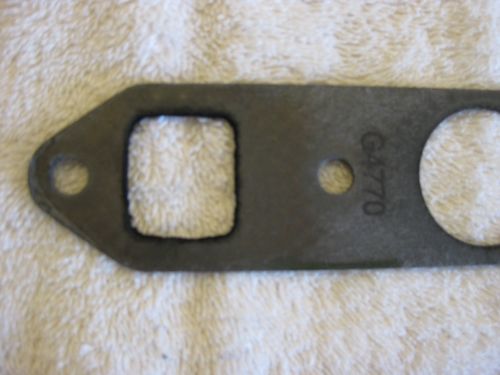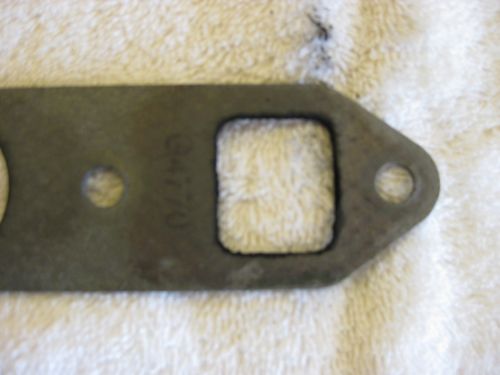Offline
I got the exhaust loosened up today and was able to pull the headers back enough to get a look at them. Pulling the headers out of the car looks to be too much trouble right now -- the slip fit between the headers and pipe is *very* tight (as it should be).
Also, the header flange is .02" thicker than the intake (.33 for header, .31 for intake).
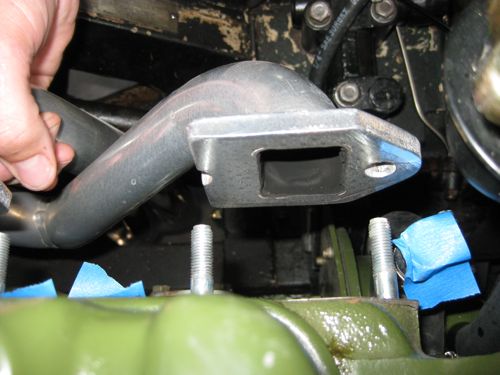

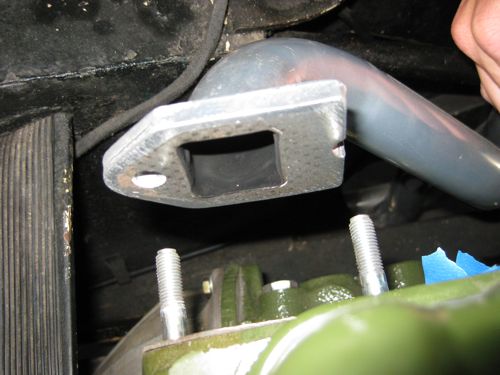
I've got a gasket set on the way, and pulled the intake and heat shield apart today for its new gaskets.
Should I use any sort of sealer/Permatex on these gaskets?
Also, the header flange is .02" thicker than the intake (.33 for header, .31 for intake).



I've got a gasket set on the way, and pulled the intake and heat shield apart today for its new gaskets.
Should I use any sort of sealer/Permatex on these gaskets?

 Hi Guest!
Hi Guest!

 smilie in place of the real @
smilie in place of the real @
 Pretty Please - add it to our Events forum(s) and add to the calendar! >>
Pretty Please - add it to our Events forum(s) and add to the calendar! >> 

